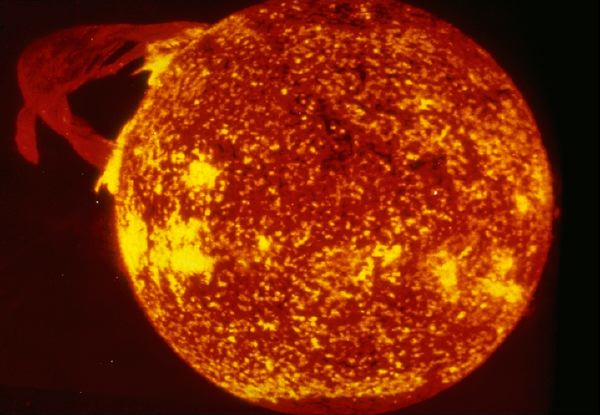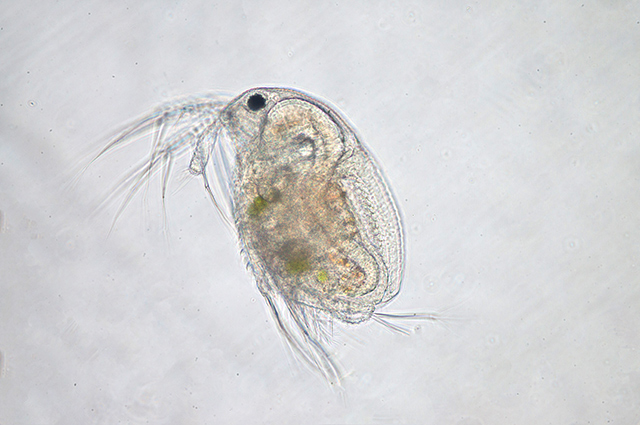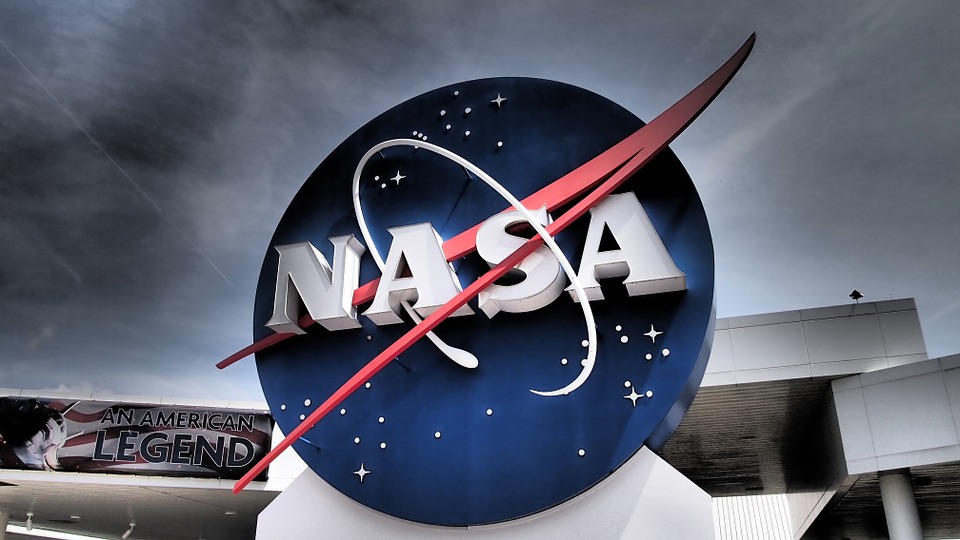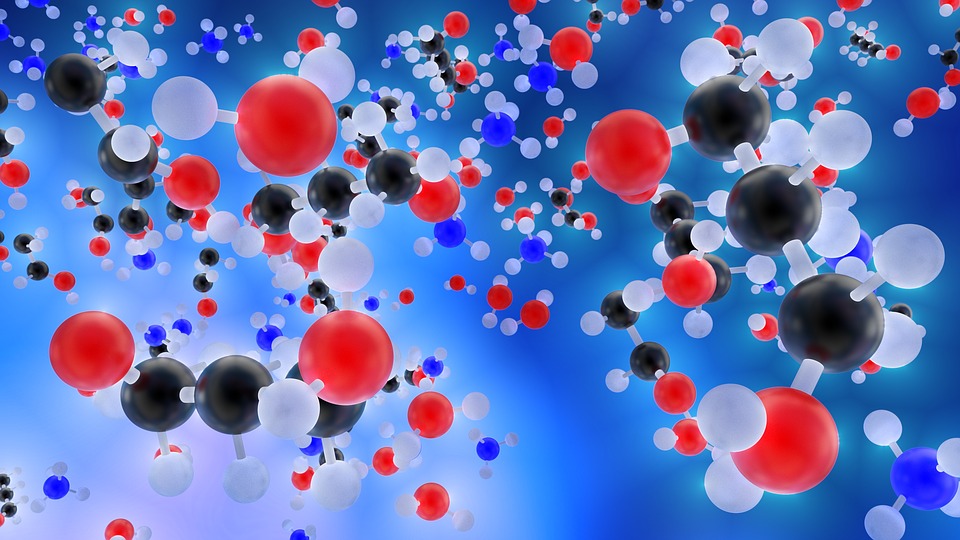Despite being the subject of numerous research studies conducted over the years, the planet Mars still holds many mysteries. One such mystery is why it is now a barren wasteland when there is evidence that it could have had plenty of water on it at some point in the past. In order to figure out the answer to that question, scientists are now going to use the new James Webb Space Telescope to make observations.
The National Aeronautics and Space Administration (NASA) plans to use the James Webb Space Telescope to study Mars and learn more about how it transitioned from a wet planet, just like Earth, to the dry and frigid desert that it is today. Depending on what they find with Webb, the scientists could determine certain things about the planet’s past as well as what it all means for human habitability of the planet in the future.
It’s a massive undertaking, to be sure, but NASA is prepared to do it. Mars will be studied as part of a project called Guaranteed Time Observation (GTO), which is led by Heidi Hammel, a planetary astronomer and the executive vice president of the Association of Universities for Research in Astronomy (AURA) and organization based in Washington, D.C. GTO offers scientists who have worked with NASA to improve Webb throughout its development dedicated time. From May to September 2020, Webb will undergo Cycle 1 and will be locked onto Mars during its first year of operations.
According to Hammel, the Webb telescope’s observations will be made available to all those who are interested in conducting future studies of their own. “Webb will return extremely interesting measurements of chemistry in the Martian atmosphere,” she explained. “And most importantly, these Mars data will be immediately available to the planetary community to enable them to plan even more detailed Mars observations with Webb in future cycles.”
The Webb telescope is said to be designed for detection of extremely faint and distant targets, like stars that are located many light years away from Earth. Since it has such delicate and highly sensitive instruments onboard, Martian observations will need to be carefully designed to avoid any problems. One scientist from NASA’s Goddard Space Flight Center, Stefanie Milam, also notes that other functions will also be tested. “Very importantly, observations of Mars will also test Webb’s capabilities in tracking moving objects across the sky, which is of key important when investigating our solar system,” she said.
Currently, Mars is known to contain mostly ice on its surface as well as underground. However, scientists believe that it had two slightly differing forms of water in the past, normal water and heavy water, referred to as H2O and HDO, respectively. With Webb, NASA plans to obtain a real and accurate measurement of the ratio of H2O to HDO across the entire planet, according to Geronimo Villanueva, also from the Goddard Space Flight Center and the project lead on the GTO project.
“We can also determine how water is exchanged between polar ice, the atmosphere, and the soil,” he said.
For now, all that can be done is to wait until the day that the Webb telescope starts delivering its observations. But they will surely be something worth looking forward to.
Stay up-to-date on all matters Mars-related in Space.news.
Sources include:
ScienceDaily.com
SpaceRef.com




















